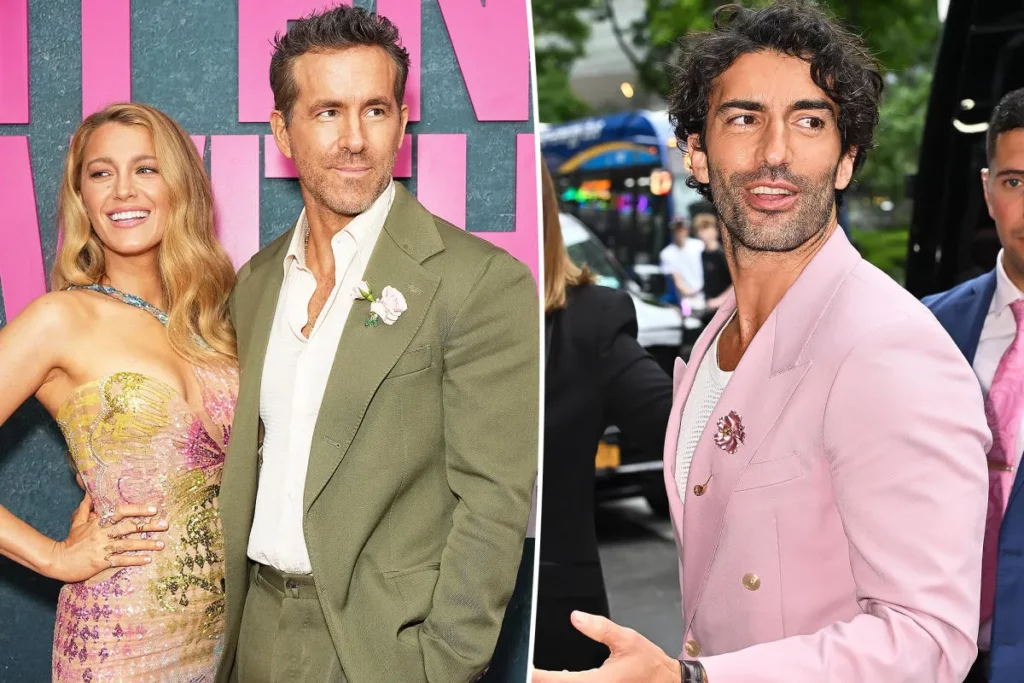On the night of February 16, 2025, the glittering 50th Anniversary Special of “Saturday Night Live” unfolded with a blend of humor and celebrity glamour. Among the stars, Ryan Reynolds stood out—not just for his presence but for a joke that quickly became the subject of intense scrutiny and debate.
Candace Owens Leads the Charge in Criticism
Prominent commentator Candace Owens was quick to voice her disapproval. Known for her forthright opinions, Owens took to X (formerly Twitter) to express her dismay, accusing Reynolds of using the platform to “bully and humiliate” Baldoni under the guise of humor. Her tweet read:
“Everyone: it is not okay that you used Hollywood actors to ruthlessly bully and humiliate someone under the guise of Deadpool jokes.”
This sharp critique resonated with many, leading to a broader conversation about the boundaries of comedy and the responsibilities of those in the spotlight.
The Legal Drama Behind the Laughter
At the heart of the controversy is a hefty lawsuit involving Baldoni, who has filed a $400 million claim against Blake Lively and Ryan Reynolds for civil extortion and defamation, stemming from their professional interactions. Additionally, Baldoni’s legal challenges extend to a $250 million lawsuit against The New York Times, alleging their involvement in a smear campaign.
The Fallout and the Future
As the dust settles on this latest celebrity controversy, the industry and its observers are left to ponder the implications. How far is too far when it comes to humor in the public eye? And what role do celebrities have in shaping public discourse around sensitive issues?
The SNL 50 Anniversary may have been a milestone event meant to celebrate comedic talent and the storied history of the show, but for Ryan Reynolds and Blake Lively, it turned into a moment of unexpected controversy that will likely prompt a reevaluation of how humor is used in Hollywood’s brightest spotlights. As for Candace Owens, her role as a vocal critic continues to stir debate and ensure that such moments are examined with a critical eye, reminding us that behind every joke, there’s a story that might not be so funny after all.
